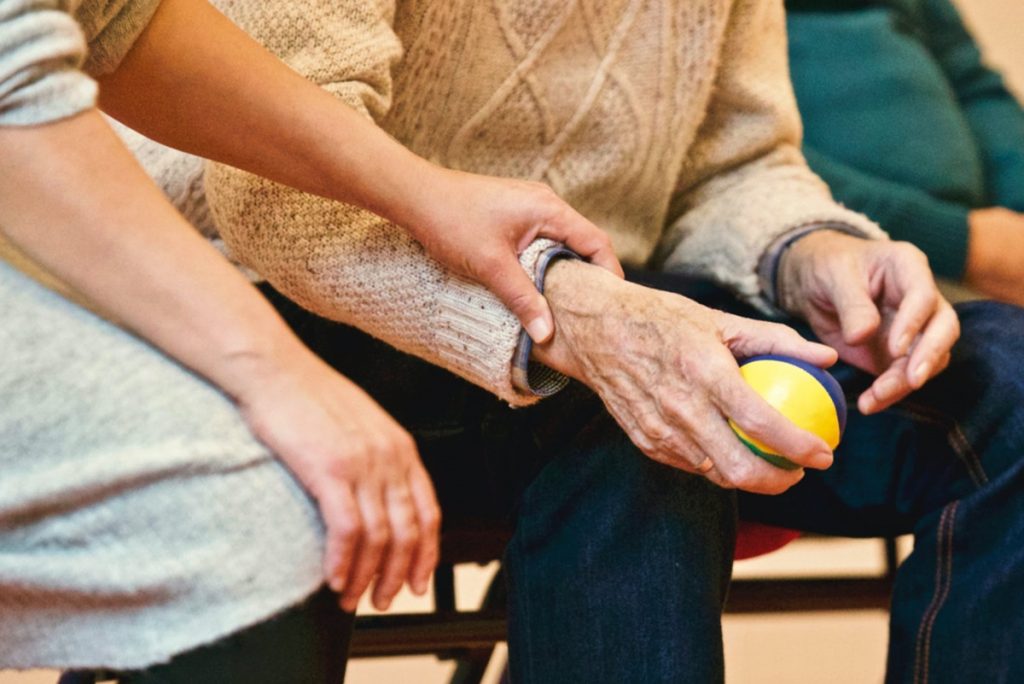Falls are the largest cause of emergency hospital admissions for older people with 70,000-75,000 people fracturing their hip as a result of falls in the UK each year. However, the impact of an older person falling goes beyond the physical injuries that might be sustained as a result.
Below, Dawn Watson, Clinical Application Specialist Lead at Tunstall Healthcare, discusses how technology can manage falls to reduce mortality rates, and enable older people to live safely and independently for as long as possible.
As technology advances, we can use data to provide actionable insights, and deliver better, more informed and more proactive care. We are seeing a growing number of emerging fall prevention and management-related technologies which have the potential to hugely minimise the number of falls and the associated emotional impact.
Falls can reduce confidence, create anxiety around an individual’s mobility and ability to get around safely and in some cases, even cause panic attacks and depression. Research has shown among older people living in the community, falls are a strong predictor of placement in residential care. Interventions that prevent falls will therefore delay or reduce the frequency of care home admissions.
What technology can be used to help prevent falls?
Technology has a key role to play in reducing the number of falls and minimising the consequences. There’s a range of solutions which use advanced technology and are tailored to the needs of the individual and their circumstances, which can evolve over time as requirements change.
Devices such as wearable fall detectors and bed occupancy sensors can ensure help is on hand quickly after a fall. Tunstall’s bed occupancy sensors provide real time alerts when someone leaves their bed and doesn’t return within a preset period of time. These innovative products can even be programmed to switch on lights so that people can find their way to and from their bed easily and safely at night.
In addition, the Tunstall Healthcare myAmie pendant can be worn on the wrist or around the neck and allows the user to call for help by pressing a button which can alert an onsite carer or 24 hour specialist monitoring centre in the event of a fall. Medication dispensers and prompts can reduce falls due to medication mismanagement, and lifestyle monitoring can identify behaviours which may indicate the likelihood of a fall, enabling intervention.
How can technology enable older people to live independently for longer?
We are living longer as a nation, and our ageing population is continuing to grow. Technology can help us deliver personalised care that empowers people to remain at home with the support of their family and other stakeholders, and improve their confidence in mobilising and therefore their quality of life.
It can also support people living in residential care environments, by ensuring staff are alerted of a possible fall immediately. The speed of help being received after a fall has a significant impact on outcomes as an extended period of time on the floor can exacerbate any injuries caused by a fall and have other serious consequences.
Timely medical care also reduces the chance for further complications such as chest infections and tends to reduce the length of hospital stays. Effectively managing falls can also prevent future incidents, as research shows that 30-40 percent of residents who fall will do so again.

